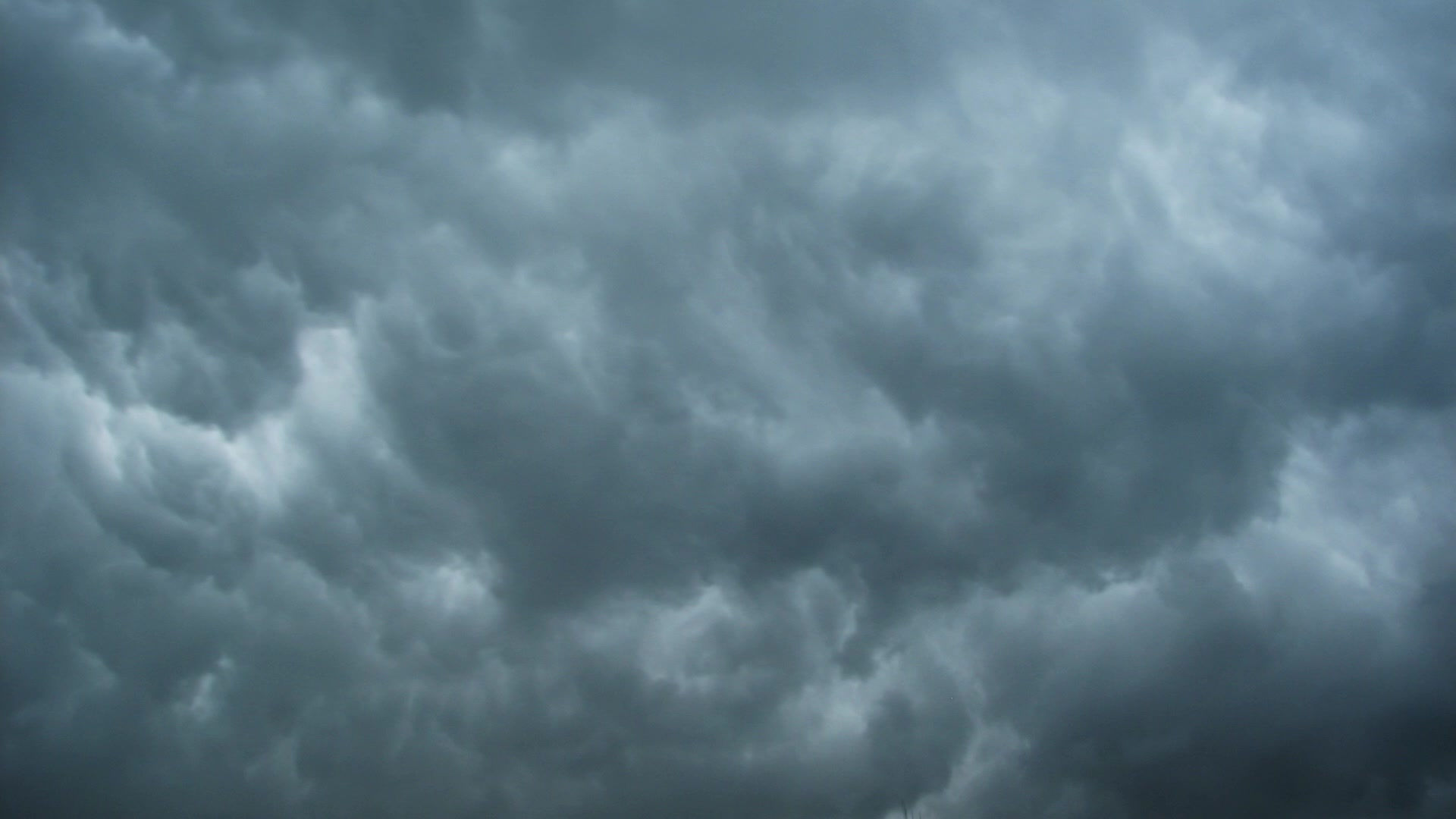
Geography
Surface area:
Land: 8,459,471 km or 3,287,612 sq mi.
Water: 55,460 km or 21,410 sq mi.
Boundaries
Coast line: 7,491 km or 4,655 mi.
Total land boundary: 16,145 km or 10,032 mi
Border Countries
Argentina
Bolivia
Columbia
French Guiana
Guyana
Paraguay
Peru
Suriname
Uruguay
Venezuela
Brazil takes up half of South America and borders the Atlantic Ocean. The climate in Brazil is mostly tropical, however southern Brazil has a temperate climate. The Amazon River is the country's largest river. The rain forest in the Amazon Basin constitutes almost half of the rainforests on Earth.
Brazil goes through three time zones. It's major ecosystems are: The Amazon Basin, The Pantanal, The Cerrado, a savanna system, the Coatina, the Atlantic Forest, and the Pampas.
Natural resources include bauxite, gold, iron, ore, manganese, nickel, phosphates, platinum, tin, clay, uranium, petroleum, hydropower, and timber.
There are 12 major hydrographic regions in Brazil. Seven are river basins named after their main rivers. They are: Amazons, Paraguai, Parana, Parnaiba, Sao Francisco, Tocantins, and Uruguay.
There are five coastal hydrographic regions based on groupings of minor river basins. They are: Atlantic Nordest Oriental, Atlaticoleste, Atlantico Sudeste, Atlantico Sul.
Brazil produces 210 million grain crops per year. It has the largest arable land in the world. The people of Brazil use burning as a method to remove tall, dry, and nutrient poor grass at the end of the dry season. The largest areas of fertile soil is called terra roxa, or "red earth". It is found in Parana and Sao Paulo. The least fertile soil is in the rainforestsof the Amazon. In the 1980's, with the help of irrigation, savanna soils were able to be used for soy bean farming


